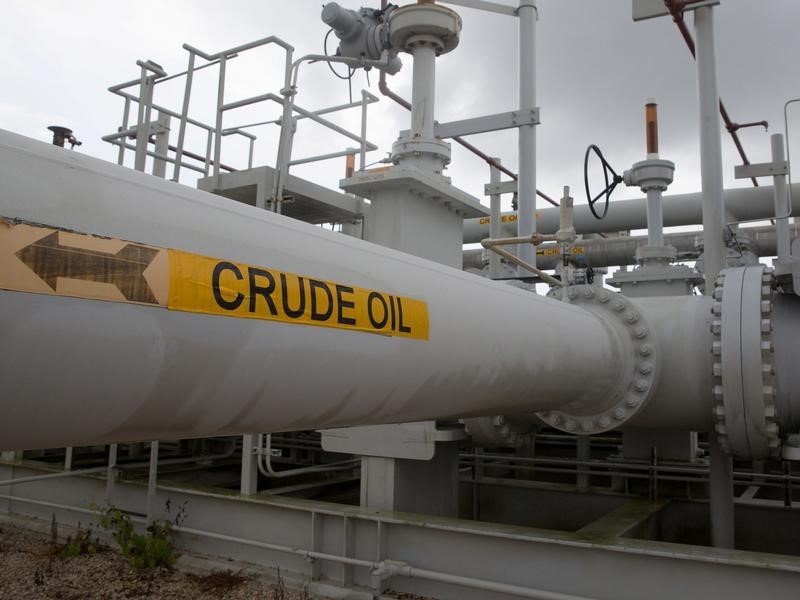
Investing.com — Oil prices settled higher Monday, adding to gains from last week as growing optimism on the outlook for demand overshadowed falling refinery activity in China, the world’s biggest importer.
At 14:30 ET (13.30 GMT), the futures traded 2.4% higher at $80.33 a barrel and the contract climbed 2% to $84.25 a barrel.
Gains follow a winning week
The crude benchmarks recorded a winning week last week, their first in four weeks, buoyed by expectations that the Northern Hemisphere summer vacation season will boost fuel demand this summer.
The monthly reports by both the U.S. Energy Information Administration, and the , released last week, had pointed to inventories being drawn down in the second half of the year, even as they differed about the level of demand growth.
The U.S. Energy Information Administration lifted its world oil demand estimate to 104.5 million barrels per day for next year, up from a prior forecast of 104.3 million bpd, while OPEC maintained its outlook for strong global oil demand in 2024. In contrast, however, the International Energy Agency cut its forecast for 2024 global crude demand by 100,000 barrels per day to 960,000 bpd.
China data largely disappoints
That said, this positive tone has been tested by uneven economic data out of China, pointing to a stuttering recovery in the second largest economy in the world.
came in ahead of expectations in May, helped by a holiday boost, but May grew 5.6% from a year earlier, slowing from the 6.7% pace in April and below expectations for a 6.0% increase.
Additionally, crude oil refinery output in China fell 1.8% year-on-year in May, primarily due to planned/unplanned maintenance outages and curtailed processing rates on account of higher crude oil prices and lower margins.
Middle East tensions provide support
Providing a degree of support were the continued concerns of a wider Middle East war, after the Israeli military said on Sunday that intensified cross-border fire from Lebanon’s Hezbollah movement into Israel could trigger serious escalation.
Additionally, weekly data from showed that U.S. oil rigs fell by four rigs for a third straight week over the last week, with the total oil rig count reaching 488 for the week ended 14 June 2024.
“This is the lowest number of active oil rigs since the first week of January 2022, and is down by 64 rigs from a year ago,” analysts at ING said, in a note, pointing to weaker supply going forward.
There is little on the energy calendar this week – just the usual weekly U.S. inventory reports from the and the .
Traders are also likely to pay attention to speeches from a number of Federal Reserve officials as they try to judge the likely path of U.S. interest rates this year, given the likely impact of this on activity in the world’s largest economy.

